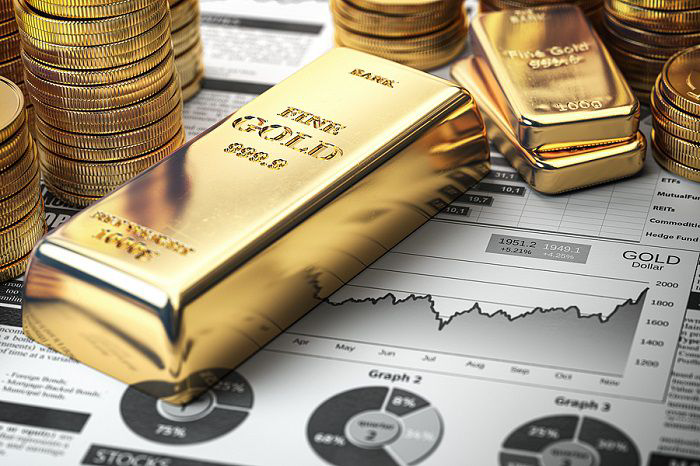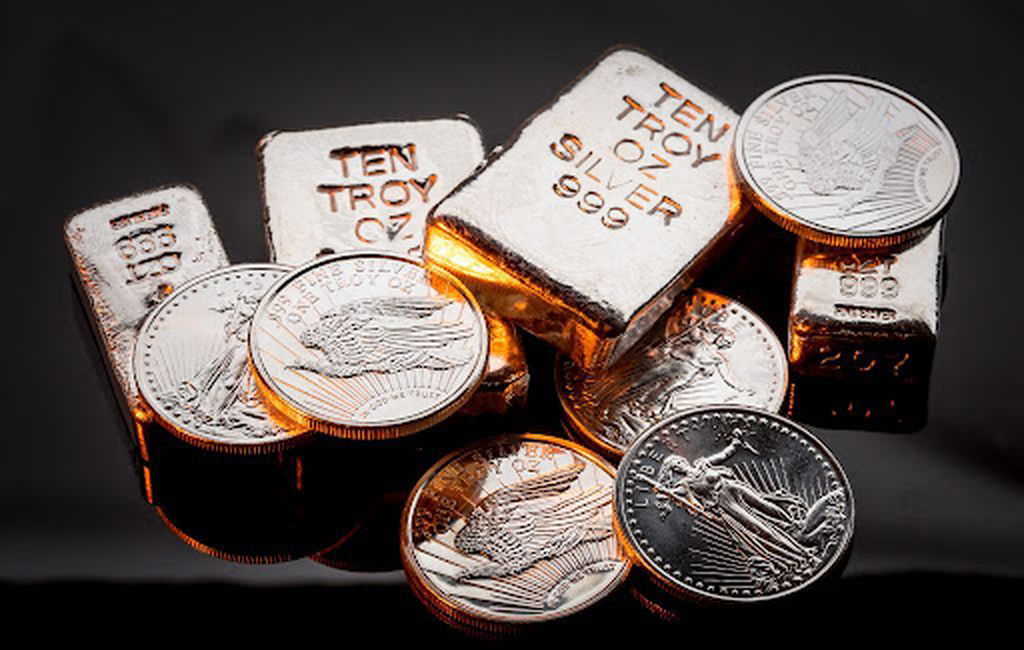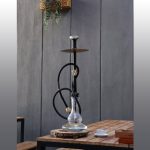Traders and savers often include precious metals in their individual retirement accounts (IRAs) to hedge against inflation and diversify their retirement portfolios. Yet, opening and managing a precious metals IRA may be complicated. For starters, there is a long list of things you have to do so you can satisfy the IRS’s regulations.
First, you’ll need to establish a separate retirement account for yourself, which you’ll be responsible for maintaining on your own. Self-directed IRA owners may invest in precious metals, equities, bonds, and mutual funds.
Which Valuable Metals Meet These Requirements?
When it comes to IRAs, gold is both the most common and most conventional precious metal. To complement gold, silver is a popular addition to IRAs that hold precious metals.
In contrast, common investment vehicles like stocks and mutual funds don’t provide this flexibility. Click here to read more on mutual funds. In order to open a self-directed personal retirement account, a person must first create an account with a custodian or depository that is experienced in handling retirement savings accounts.
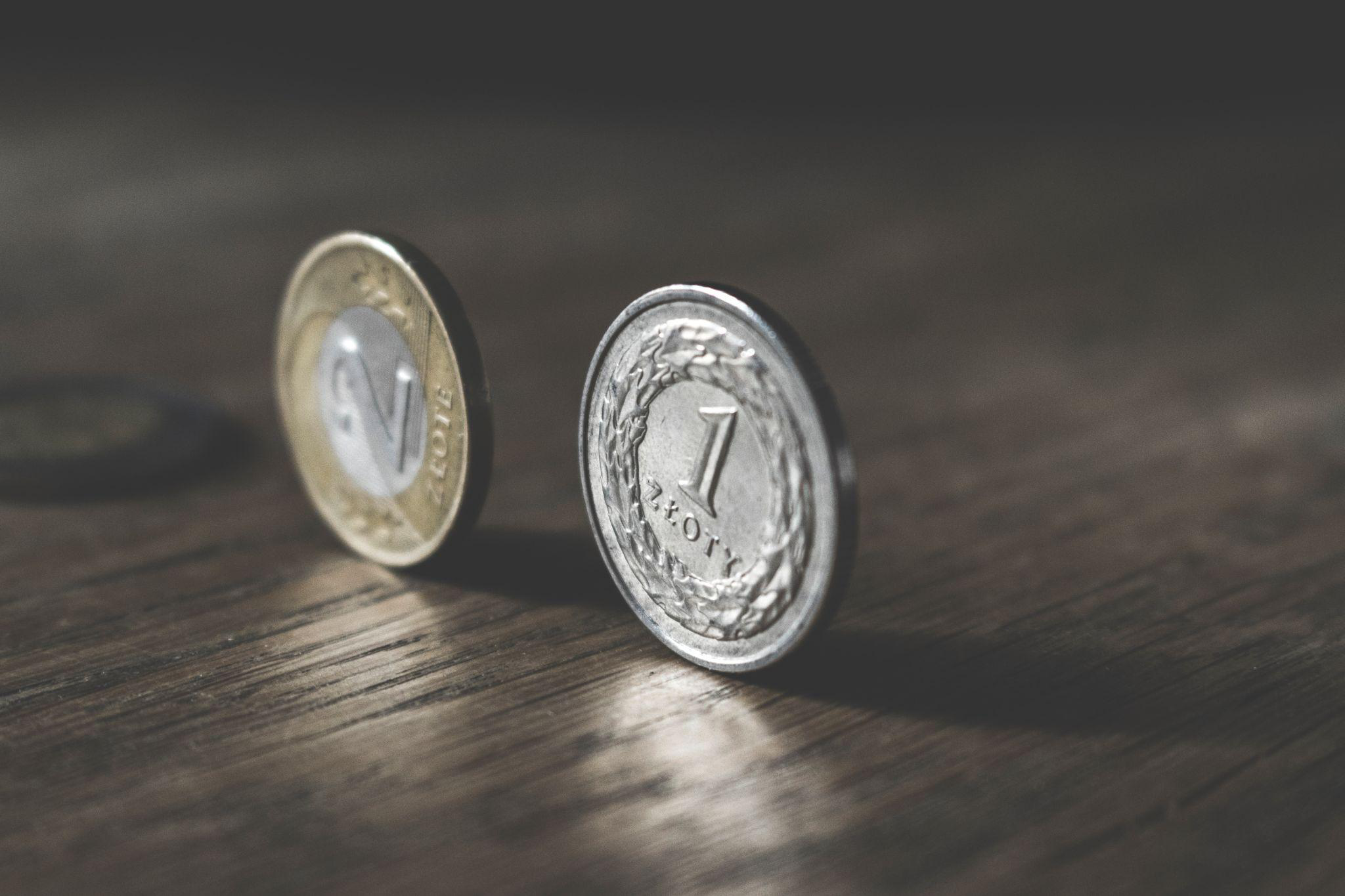 The Rollover: How Does It Function?
The Rollover: How Does It Function?
After establishing a self-directed IRA, the account user may initiate a rollover from another retirement plan, such as a traditional IRA or 401(k). This process, also known as a rollover, can frequently be executed by instructing the existing trustee of the IRA as well as 401(k) account to transfer the funds to a new beneficiary.
Conversion is another term for what we’re doing here. You should contact a financial counselor or tax expert before moving through with the rollover since it is restricted by law. By following these procedures, you may be certain that you are not breaking any IRS rules.
- If you have a self-directed IRA, you may utilize the money in the account to buy precious metals from dealers after you deposit the money into the account. The IRA savings may be used for such acquisitions.
- The precious metals should be kept in a secure location that has been approved by the IRS to do so. As they contain IRA precious metals, these depositories must meet rigorous security and insurance criteria.
- It’s crucial to verify that the precious metals you’re planning to put into an IRA are in fact “approved precious metals” before making the purchase. These requirements are often outlined in the IRA regulations.
Some Regulations and Guidelines for Valuable Metals
The account holder is responsible for ensuring that all IRA transactions are made in the IRA’s name and not their own. The trustee or custodian must keep the precious metals in an IRS-approved depository since the account holder cannot take physical possession. This means that the account holder cannot take physical possession of the precious metals, as explained in a thorough report.
Individual retirement account contribution and distribution guidelines are another crucial factor to think about. Precious metals IRAs have the same contribution limitations as standard IRAs—$6,000 for under-50s and $7,000 for over-50s. You are subject to the distribution restrictions, and if you take distributions before you turn 59.5, you’ll owe an additional 10% in taxes on top of whatever you already owe in income taxes. The penalty will be assessed regardless of whether or not distributions are received.
It is the account holder’s duty to ensure that their precious metals IRA complies with the IRS’s regulations on “prohibited transactions”. It is not permitted to use funds from an IRA to engage in prohibited transactions like using the money to buy collectibles or using the money to support prohibited businesses. An IRA might be deemed ineligible for tax deferral and early distribution if certain thresholds are exceeded.
The account holder is then required to purchase approved precious metals from a licensed dealer, like those listed with Investor’s Circle, in accordance with the IRS’s guidelines. All dealings must be done under the IRA’s name, and the metals must be kept in a secure facility.
Normally, this entails acquiring assets with the goal of either keeping its value stable or growing it over a certain time frame. To learn more about how to protect your wealth from rising prices, consult with your broker. In addition, hedging strategies may entail acquiring more assets that are thought to depreciate less rapidly than the currency itself.
An inflation hedge is often described as an asset that maintains a currency’s reduced purchasing power due to macroeconomic price increases (https://open.lib.umn.edu/macroeconomoeconomics (umn.edu)) or inflation. The reason for this is that inflation or other broad economic variables tend to drive up prices, causing a currency’s value to fall. Investing in this way might serve as a “hedge” against inflation.
Avoiding the Negative Impacts of Inflation by Investing in Precious Metals
When used correctly, an inflation hedge has the potential to protect the purchasing power of a broad range of assets. Certain investments may seem to provide a decent return, but when inflation is taken into account, the sale of these assets may result in a loss. Other investments may also seem to provide a satisfactory rate of return.
When you invest in a company through your gold broker, you quickly learn that investing through commodities that are thought of as an inflation- hedge may have the effect of self-fulfilling predictions, causing their values to continue rising even though they may be worth much less than what investors are paying for them.
Gold is the rare element that, owing to its extreme price fluctuation relative to the US dollar, is often considered to be a hedge against inflation. If the value of the dollar were to decline due to inflation, for example, gold’s price would likely rise to offset the decline in the latter’s buying power. Gold gives its owner a hedge against the further depreciation of the currency.
This is due to the fact that when inflation increases, the dollar’s purchasing power decreases, driving up the price of a single ounce of gold. The explanation has to do with the fact that the growing cost of living now has a direct influence on the value of gold. So, the investor is provided with additional money for each asset in an effort to compensate for the effects of inflation. A method for businesses to maintain profitability by controlling expenses is to invest in precious metals.
Constraints on Storing Gold
It’s important to keep in mind that hedging against inflation might have unintended consequences. You may very well end up paying a sum to have your gold stored, for example, in a secured facility per IRS requirements.
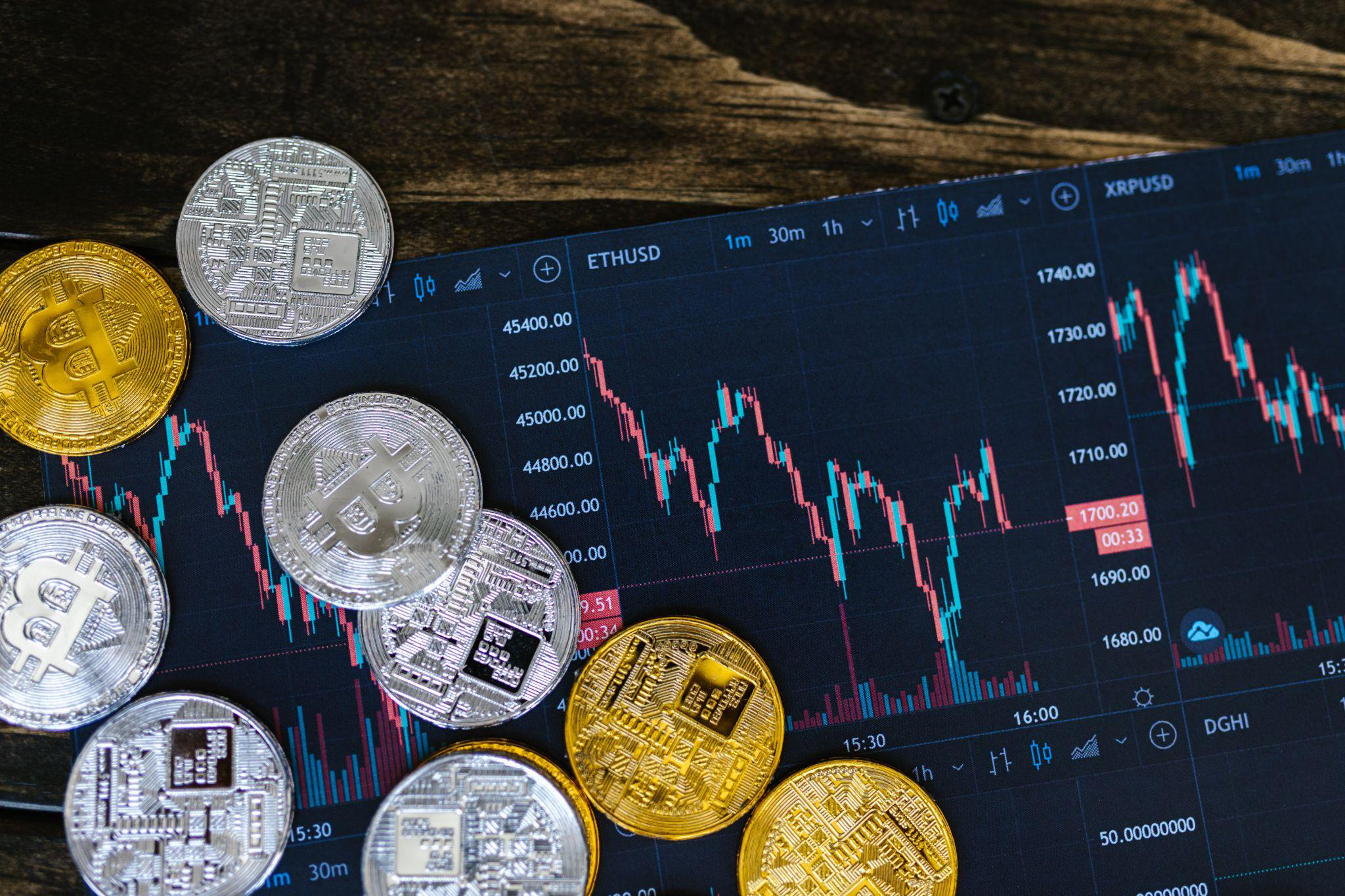 Gold’s Price Increase During Roaring Markets
Gold’s Price Increase During Roaring Markets
During the last four years, gold prices have risen steadily. Gold bull markets have yet to lose their popularity. The forty percent rise in gold’s value since 2016 is rather little compared to the gains seen in the prior several bull markets.
In what ways could factors outside the control of the market affect the cost of precious metals?
The US may not be experiencing runaway inflation right now. Nonetheless, several factors point toward a rising gold price in the future.
Some of the factors that contribute to the considerable level of the gold price are as follows.
- record-high levels of consumer debt
- a federal budget shortfall of about a trillion dollars in the United States
- a tendency for rates of interest to approach zero
- the Reserve Bank’s balance sheet growing twice as quickly as during QE3
- The Federal Reserve’s involvement in several markets (Repo and Treasury included)
- worldwide political upheaval
- the prospect of impeachment proceedings leading to the removal of political figures from office
- a heightening of already fraught geopolitical relations between many world powers
- the continued momentum of a global movement away from the dollar; and
- sluggish economic growth
Gold’s long history as a catalyst for growth and a store of value has made it a go-to in times of uncertainty. As long as the global and local economic and political situation is uncertain, safe-haven investments will be in demand.
It’s not easy to discover a precious metals dealer that stands out from the crowd, since most of them provide the same services. When capital expenditure in an industry is declining, then Vanguard Global Investment will increase its holdings in securities issued by companies in that industry. This allows Vanguard users the opportunity to purchase both domestic and international stocks and bonds.
They Provide a Wide Variety of Mutual Funds
Vanguard has been so successful thanks in part to its mutual funds and ETFs. This firm offers 3,300 low-cost mutual products and ETFs. Even if you understand the stock market and precious metal IRAs, you need a financial counselor to establish a successful retirement account investing plan.
To conclude, IRAs with precious metals are difficult to manage. A self-directed IRA must be established before transferring money from a 401(k) or IRA to a precious metals IRA. Find a broker who is familiar with the process to help you build retirement.

